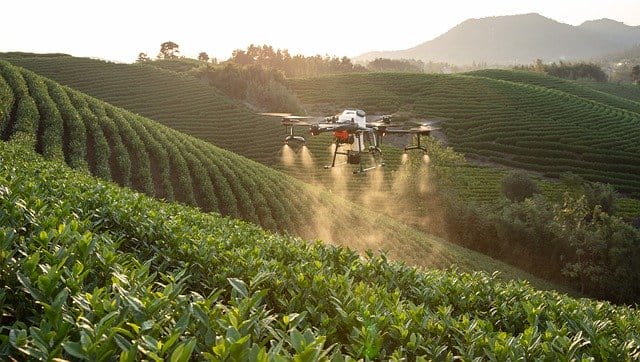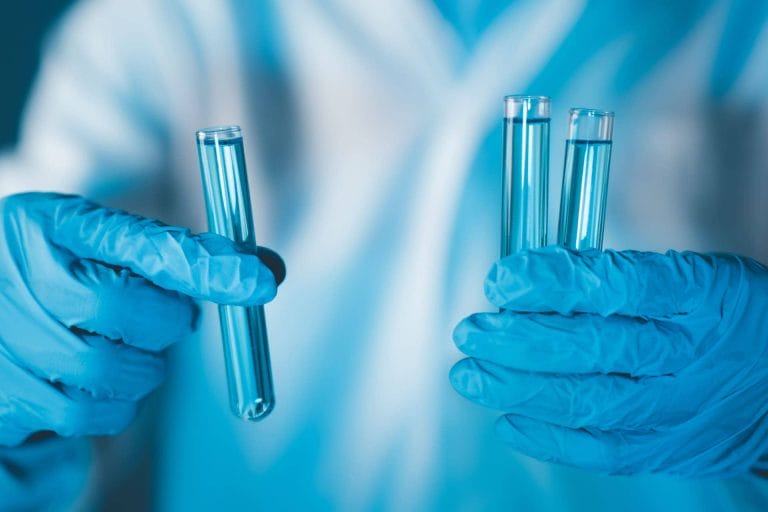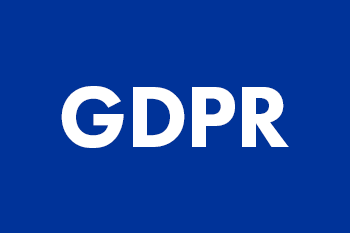An alternative to conventional plant protection products (PPPs) can be seen in the development of engineered nanoparticles as "nanopesticides". These may include encapsulation of active ingredients as nanocarriers, nanoformulation of the active ingredient (AI), or development of nanotechnology structures that exhibit pesticidal properties (Kookana et al., 2019). The ultimate effect of using nanopesticides is to reduce the environmental footprint of PPP residues while providing similar or even improved pesticidal efficacy compared to conventional PPPs. In addition, nanopesticides can also promote targeted delivery of PPPs to plants, increasing soil durability and reducing unintended runoff from farms into nearby water sources. Like all engineered nanoparticles, nanopesticides have a size range in the nanoscale (by EU definition: 1-100 nm).
The increasing interest in the use of nanopesticides raises the question of how to assess the environmental risk of these materials for regulatory purposes. In the EU, nanopesticides may be affected by regulations that specifically address "nanoforms," "biocides," or " Plant Protection Products Regulation" and more recently on "Regulations on residues in food and feed". The definitions of "nanoforms" according to REACh and other sector-specific definitions (e.g. biocides) can be found in our previous blog post.
There are currently several bottlenecks with respect to the regulation of nanopesticides. First and foremost, there is no existing regulatory definition for the term "nanopesticide." The lack of a good definition leads to problems in assessment during risk evaluation and can often lead to confusion among policy makers and manufacturers (Kah, 2015). For example, nanopesticides may contain an extremely low concentration of AI encapsulated in a nanocarrier. Nanocarriers, by definition, fall under the REACH regulation for nanoforms. However, some nanopesticide carriers may be slightly above the 100 nm size limit (distribution), making them impervious to nanoform-based regulations. On the other hand, AI itself is regulated by the Plant Protection Products Regulation. However, this regulation does not consider the effects of "nanoencapsulation" of AI, but only its absolute concentration, which is extremely low and far below the permissible limits, so it is exempt from regulatory requirements. However, research indicates that nanopesticide systems, like all other nanoparticles, can cause different toxic effects in non-target organisms and have different physicochemical properties than their bulk forms (Science for Environmental policy, 2021). Therefore, a risk assessment protocol and regulatory framework are needed to adequately and holistically address nanopesticides. The first step in this direction would be to propose a definition for the term "nanopesticide."
The study of the fate and effects of nanopesticides also requires the highest attention in risk assessment. The fate of nanopesticides involves several environmental processes and factors, most of which are now described in various OECD guidelines and guidance documents. For example, several aspects of nanopesticide fate, such as sorption to soil particles, degradation (biotic and abiotic), and leaching, can be adequately addressed using OECD Guidelines 106, 307, and 312, respectively. Studies on the fate of nanoforms, including dissolution rate and dispersion stability in the aquatic environment, are also included in OECD 318. In addition, the fate of nanoforms also requires a comprehensive evaluation of particle size distribution, shape, surface charge, solubility, and in some cases dustiness properties. Extensive use of these OECD guidelines and guidance documents, in conjunction with the physicochemical properties mentioned above, may be required to adequately assess the fate of nanopesticides.
The EFSA- guidance on technical requirements for regulated food and feed applications for the detection of small particles, including nanoparticles, while of secondary importance in the case of nanopesticides, also provides definitive decision tree layouts for the risk assessment of nanoforms in food and feed. Certain aspects of this document may also be useful in evaluating nanoparticles in applications in areas not directly covered by the food- and feed-specific definition of nanoforms. This concerns food contact materials and AIs in PPPs. The technical requirements proposed in the EFSA document urge a combined assessment of solubility and dissolution rate, particle size distribution and quantification, and evaluation of information from other safety studies (ecotoxicology for non-target organisms). A notable feature of this document is that it does not strictly adhere to a size range of nanoforms. Rather, it considers the fraction of particles that are smaller than 500 nm. A two-step approach is proposed to adequately measure and assess the impact of the particle fraction below 500 nm and then below 250 nm. This will ensure that nanopesticides are also included to some degree.
We, at nEcoTox GmbH are experts in nanotechnology and analytics. We can help you in designing studies according to OECD guidelines pertaining to specific nanopesticiReferencesdes and nano-formulations. As mentioned in the above post, determination of nanopesticide fate and toxicity in the environment includes multiple facets of studies! Contact us by email (menon@necotox.de) or by phone (+496346 9661490)!
Referenzen:
- Kah, M. (2015). Nanopesticides and nanofertilizers: emerging contaminants or opportunities for risk mitigation?. Frontiers in chemistry, 3, 64.
- “Science for Environment Policy”: European Commission DG Environment News Alert Service, edited by SCU, The University of the West of England, Bristol. (2021)
Web:
– https://ec.europa.eu/food/plant/pesticides/approval_active_substances/eu_rules_en (accessed: April 2021)
– https://ec.europa.eu/food/plant/pesticides/max_residue_levels_en (accessed: April 2021)
– https://www.efsa.europa.eu/sites/default/files/consultation/consultation/Draft-Nano-Technical-Guidance-For-Public-Consultation.pdf (accessed: April 2021)
Picture:
Image by liu xiaozhong from Pixabay




